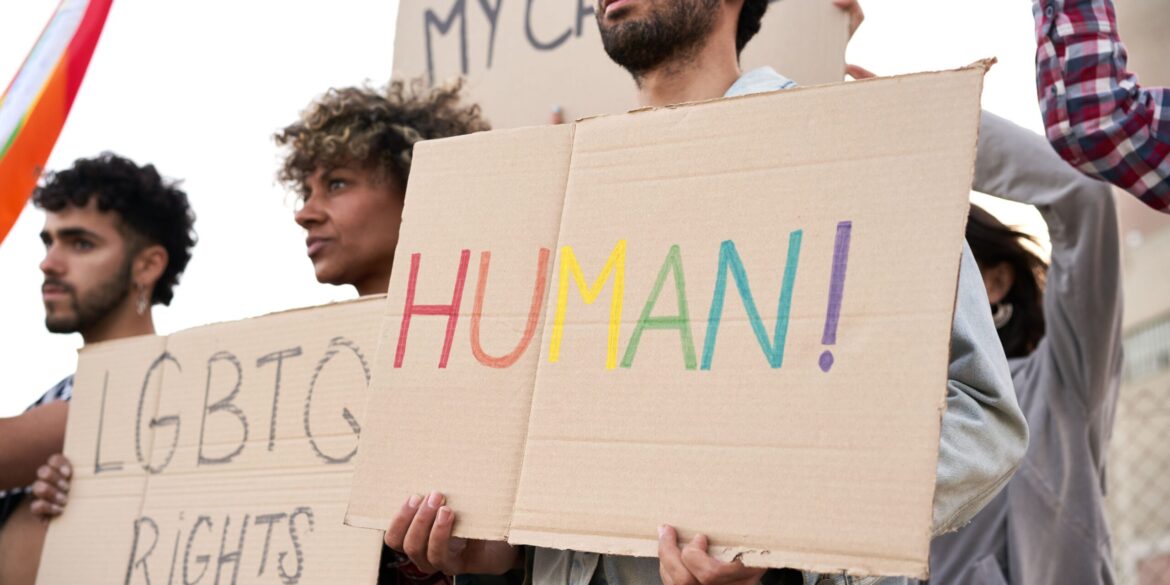By Tara Nguyen, Senior Correspondent
On June 15, 2025, thousands of activists from over 80 countries took part in the Global March to Gaza, a coordinated international initiative demanding humanitarian access to Gaza and calling for an end to the ongoing blockade. From London to New York, and from Johannesburg to Tokyo, peaceful demonstrations brought together people from all walks of life to raise awareness about the humanitarian crisis in Gaza and pressure global powers to intervene.
The march was part of a larger campaign to support the besieged Palestinian population and emphasize the urgency of international action. Human rights advocates, healthcare professionals, religious leaders, students, and civil society members all participated in what organizers have called one of the largest transnational mobilizations for Gaza to date.
A Wave of Global Support
The demonstration was not a one-city event, but a synchronized wave of peaceful protests held in more than 100 cities around the world. In London, thousands marched from Trafalgar Square to the Houses of Parliament, holding banners with messages like “Lift the Blockade” and “Justice for Gaza.” Similar rallies were held in Paris, Berlin, Washington, D.C., and Sydney, with local organizers echoing the central call for unrestricted humanitarian access and an end to the siege.
Families, students, and activists gathered in city centers, waving flags, chanting for peace, and listening to speeches from humanitarian advocates and community leaders. The diversity of the participants underscored the global consensus that the situation in Gaza has reached a humanitarian tipping point.
Barriers and Detentions
While the demonstrations in Western cities proceeded largely without incident, activists attempting to bring aid directly to Gaza faced formidable obstacles, particularly at borders in Egypt and Libya.
In Egypt, a large group of international participants—some traveling independently and others as part of organized delegations—encountered significant resistance. Many were stopped at checkpoints, denied access to the Sinai region, and in numerous cases, detained or deported. Among those impacted were political representatives, doctors, and journalists, many of whom reported being held without formal charges and having personal belongings and travel documents seized.
One delegation attempting to cross into Gaza via the Rafah border crossing was intercepted before reaching its destination. Activists reported being instructed to board planes back to their home countries, with some refusing and staging sit-ins to draw attention to their cause.
In Libya, a separate group known as the “Soumoud Convoy” attempted to reach Gaza through North Africa. Composed primarily of North African nationals, this group of over 1,000 people faced roadblocks near the city of Sirte, where military personnel reportedly halted their vehicles, citing safety and logistical concerns. Participants were ordered to disband and return home, ending their humanitarian convoy prematurely.
Organizers Stand Firm
Despite these setbacks, organizers of the Global March to Gaza emphasized that the mission remains peaceful, lawful, and necessary. The movement is intentionally independent of political affiliations and aims to serve as a global platform to amplify the voices of Palestinians and bring attention to the deepening humanitarian crisis.
One of the lead coordinators explained that the march was a reflection of the public’s frustration with international inaction. “People across the world are united in their demand for justice and dignity for the people of Gaza. Governments may hesitate, but citizens are making their voices heard loud and clear,” he said.
Organizers also made clear their intention to keep the momentum going, with future campaigns, public education initiatives, and lobbying efforts planned over the coming months.
The Humanitarian Emergency in Gaza
The timing of the march was particularly significant. Reports from aid organizations suggest that Gaza is on the brink of widespread famine, with critical shortages of food, clean water, and medical supplies affecting more than 1.5 million people. Humanitarian corridors have been restricted for months, severely limiting the delivery of essential goods and aid personnel.
The blockade has not only choked the supply of resources but also crippled infrastructure, disrupted education and healthcare, and traumatized an entire generation. The Global March to Gaza aimed to put this reality front and center in the international consciousness.
A Movement for Change
Although the immediate goals of opening humanitarian corridors and ending the blockade remain unmet, the Global March to Gaza has already succeeded in bringing renewed global focus to an issue often pushed to the margins of international discourse.
As organizers and participants return to their communities, they carry with them a shared mission: to continue speaking out, organizing, and demanding action until the people of Gaza are no longer denied the basic necessities of life.

